If you use the beautiful double-decker buses, you can visit London without effort, and you can make a real low cost bus tour. If you have an oyster card,the maximum daily cost for using the red buses is only £4.50.

Every run costs £1.50, but within an hour you can change as many buses as you like without paying more. And in any case, you will never pay more then the daily cap!
Now you can also use a contactless cards: you can simply put it on the reader when you get on the bus. You do it only once: there is no need to touch again when you get off the bus. Every bus ride has the same cost, no matter how long you stay on the bus. If you need more information, you can read our dedicated post “how to use the London buses“.

At £4.50 per day, it’s a real low cost tour of London and a huge save, compared to the cost of the tourist bus tours (at least £29 each), and the itineraries are just the same. You will see how many times you will cross one of those buses along your route, and when the weather is bad you will not envy the poor tourists on the open upper deck, wrapped up in blankets and heavy coats! Only Buckingham Palace cannot be reached by bus, but all other London attractions can be seen from a red bus
The tour begins: all aboard!
Our tour follows a circular route, so you can start it where is more convenient for you. We suggest to start from Trafalgar Square, the real heart of London, and a perfect point to begin our trip. We take our first red bus on the Strand, not far from Trafalgar Square, near the Charing Cross underground station, at the bus stop F.
We hop on the Bus 15, which will take us through the heart of the City and to the Tower of London. On this bus route often you will find the old Routemaster buses still in operation. If you happen to take one of those our tour will be even more exciting.
The bus 15 takes us initially along the Strand, with its shops, theatres and historical buildings. Just after Charing Cross station, on your right, you will see the great Savoy Palace. Now the bus will turn left to Aldwych and will join the Strand again in front of the imposing building of the Royal Courts of Justice. On the other side of the road, you can spot the tiny entrance of the Twinings shop, selling tea since 1706.
Did you know? This part of London is the heart of the legal world, not only for the presence of the beautiful Royal Courts of Justice, but also for the the legal offices (so called courts) which are located between Fleet Street and the river. This area is called Temple, because originally it belonged to the Templar knights. The area deserves a visit on foot, because it cannot be explored by bus: you will find a true oasis of peace in the courtyards and the gardens, under the arches and passageways that takes you away from the bustle and the traffic of the main roads. Here is the ancient church of the templars, or Temple Church, which is also mentioned in the famous Dan Brown book The Da Vinci Code.After the Courts of Justice in the past stood a toll gate called Temple bar, which divided the Strand – west – , from Fleet Street – east -, the main road leading towards the city. The original gate was removed and reconstructed in Paternoster Square, close to St. Paul Cathedral.
Fleet street is well known for being the road of the national newspapers, which were all based here until the 80’s, when all of them moved to more convenient locations. Nonetheless the term “Fleet Street” is still used today as a synonymous of the press and the newspaper world.
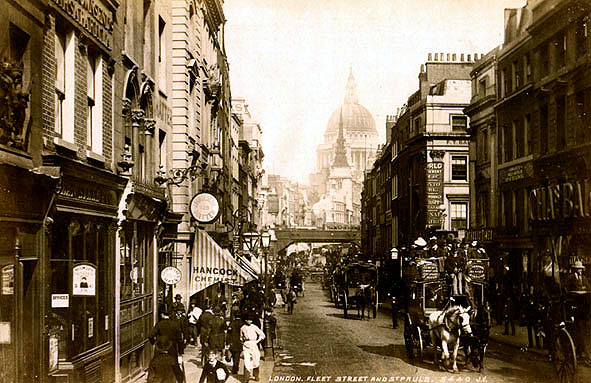
Did you know? Fleet street is named after the river Fleet, that still runs….underground! the tradition of Fleet Street goes back to the 1500’s, when the first print workshop was founded here. The first English daily newspaper, the Daily Courant, was published here in 1702.
Fleet Street was not famous only for its newspapers, but also for its inns and taverns, where famous people of the literary world spent a few hours. At the number 145 of Fleet Street, on your left, you can see for instance the entrance of Ye Olde Cheshire Cheese Pub, one of my favourite pubs in London.
The pub was destroyed in the famous fire of 1666, but it was rebuilt the following year, as it is stated in its sign. Although it has lost most of its original features, still it has maintain its atmosphere, and it is not difficult to imagine Charles Dickens sitting there, drinking his ale – the typical English beer. There is still a plaque identifying his favourite table!
At the end of Fleet Street we arrive at Ludgate Circus, where the steep hill in front of us will lead us to St. Paul’s Cathedral.
Did You know? In this spot there was the westerner London gate, Lud Gate. The gates were not only entrances to the town, but real buildings, which were often used as prisons. Between 1200 and 1400 Ludgate was used as prison for petty crimes and in particular for debtors. London gates were finally demolished around 1760.
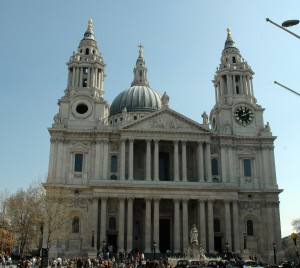
We have now reached St Paul’s Cathedral, built by Christopher Wren towards the end of 1600, after it was completely destroyed but the Great Fire of 1666. You can see the model of the previous version of the church in the Museum of London, which is at a short walk from St Paul’s (it’s a very nice museum which describes London through the centuries: from prehistoric times to our days; it is not so well known by tourists, perhaps for its location, but I really suggest you to visit it. As it often happens here in London, the entrance is free).
Our bus takes us now into the City, passing closed to the Monument, the column which was erected to remember the Great Fire. You can have a glimpse of the column from the bus, if you look on your right just after the underground stop called…Monument! The column (built between 1671 and 1677) has a nice view point from the top, with a wonderful panorama on the city. However, to reach the top one has to climb 311 steps and pay a £5 ticket (so, if we don’t feel like climbing up, we can stay on our bus and continue our tour from our comfortable seat).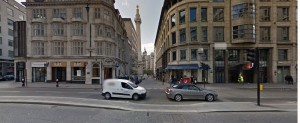
The column stand near the spot where the Great Fire started. If you have been to the Museum of London and have watched the documentary film about the Fire, you will know everything about the Fire and the catastrophe it provoked. Otherwise, here I am with some information for you.
Did you know it? The Great Fire of 1666 destroyed more than 13.000 houses and 87 churches; on a population of 80.000 inhabitants, about 70.000 lost their home.

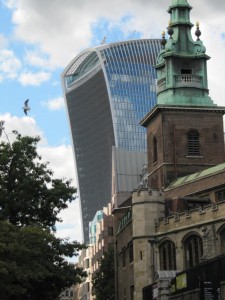 Driving through the City, the bus15 also gives us the opportunity to see some of the modern buildings which have been built in this area: after the bus stop “Monument” on your left you can see the unusual shape of the walkie-talkie building.
Driving through the City, the bus15 also gives us the opportunity to see some of the modern buildings which have been built in this area: after the bus stop “Monument” on your left you can see the unusual shape of the walkie-talkie building.
Did you know? The shape of this building has caused various problems, to the people passing by – who were literally blinded by the sun rays reflected by the concave shape of the building, and also to the cars: some parts, such as rear-view mirrors, got completely melted by the heat. Somebody – as an experiment – even cooked an egg in a frying pan just using the sun rays! Now the windows have been covered with a special film which prevents these problem (the Daily Mirror published a full article about it, and you can read it here, if you are interested).
The first stage is completed. We get off the bus and we take the next one!
At the bus stop “Tower of London” we can get off the bus: we have reached the first stop of our low-cost London bus tour. We can take a walk around the Tower of London following its walls anti-clockwise. Walk on the path along the river and have a glimpse of the famous Traitors gate, then walk towards the Tower Bridge, pass under the bridge itself and climb the steps on our left to get on the bridge. You can now cross the Thames walking on one of the most famous bridges in the world: the Tower Bridge! When you have reached the southern bank of the river, continue straight until you reach Tooley Street. On the corner with Tooley Street you’ll see the Pommelers Rest pub, which could be a nice place for a short rest. This pub belongs to the Wetherspoon pub chain, which is quite well known for its value for money offering. This pub in particular has received many positive reviews, so it might be worth a visit. If you turn left on Tooley Street, on the opposite side of the road you will find the bus stop T. Here, take the bus 318 to Waterloo. The bus pass near the Shard, London Bridge and Borough Market, and the unusual Hop Exchange.
Did you know? Hop is one of the main ingredient of beer, and in this area there used to be many breweries, so that the hop was stored in the warehouses nearby and it was bought and sold in this single market building, which was opened in 1867. There were other markets in London for other commodities, but the bombing of WWII and reconstruction left only the Hop Exchange building still standing.
I would suggest to get off the bus at the stop “County Hall”, which is just behind the London Eye. If you reach the London Eye and continue along the river (leaving the river on your right). you will reach Westminster Bridge. On the other side of the river you will see the unmistakable profile of the Houses of Parliament and the icon Big Ben. Cross the bridge on foot and walk towards Westminster Abbey.
After Westminster Abbey you can walk along Victoria street until you get to the Bus Stop V.
Bus 11 (or 211): from Westminster to Chelsea
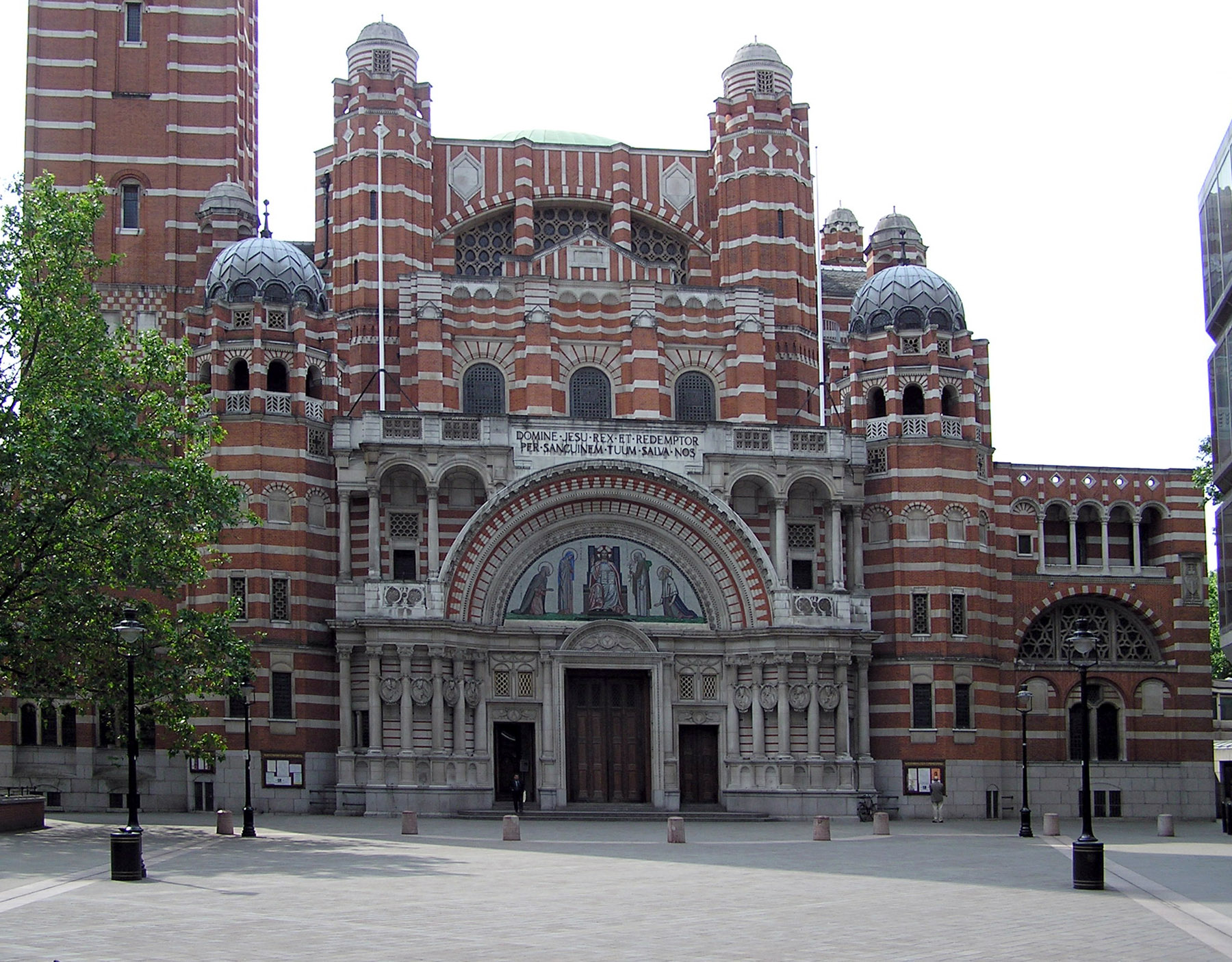
We take the Bus 11 (to Fulham Broadway) or 211 (to Hammersmith). The bus will take us near the Westminster Cathedral. After passing the busy roads around Victoria Station and the nearby Victoria Coach Station, the bus will turn through Pimlico towards Chelsea. We get off the bust at the bus stop “Sloane Square”, which is the largest and most important square in Chelsea. If you love shopping you can take a walk along the famous King’s Road.
Did you know? King’s Road was the heart of the swingin’ London of the 60’s, when Beatles and Rolling Stones were at the centre of the musical and mundane scene. Here the mod movement was born and later the punk anti-culture. Here you could find the most fashionable boutiques and the most modern record studios.
Today Chelsea is an exclusive borough and it has lost all its bohemian character or the innovative spirit of the 60’s and 70’s. King’s Road has become a snobbish road and shopping here is now very expensive. However, if you find yourselves in this area during the sales period you can make good bargains. Peter Jones, the large department store that dominates Sloane Square, for instance, is the target for many Londoners aiming at getting the best products at the best prices, and quality here is guaranteed.
From Sloane Square to Piccadilly: shops, shops, shops!
On King’s Road, just in front of Peter Jones (bus stop E), we take the bus 19 towards Finsbury park. Our route is taking us now through the wrold of luxury and high fashion and we can see the shops of the most important brands, starting from Tiffany’s, on Sloane Square, and then further up Sloane Street, Prada, Armani, Chanel, Valentino, Christian Dior, Louis Vuitton, Hermes, Gucci, Dolce & Gabbana, Tom Ford, Ferragamo….I’m sure I forgot someone, but rest assure: they are all here. When we get to the top of Sloane Street the bus turns right towards the centre. If we want, we can get off at the bus stop “Knightsbridge”, and turning left on Brompton Road we will find ourselves at a stone throw from Harrods, arguably the most famous department store in the world. If you happen to be in London in the winter months, when the daylight tends to fade at around 4 pm, you will experience a real show of lights on the building façade. Before Christmas (but even from the end of November) the shop windows at Harrods are real masterpieces of colours, fantasy and abundance.
If you have decided to visit Harrods, you can rejoin our bus tour of London by catching the bus 14, on the opposite side of the road (bus stop KB): it follows the same route as the 19. Both buses will take us towards the centre of London, passing along Hyde Park (on your left). At Hyde Park Corner the buses go straight to Piccadilly, while on your left you can have a glimpse of the ultra-expensive Park Lane. Along Piccadilly you will see Green Park – on the right hand side- and many famous buildings and shops, like Fortnum & Mason.
Soho: a part of London that never sleeps!
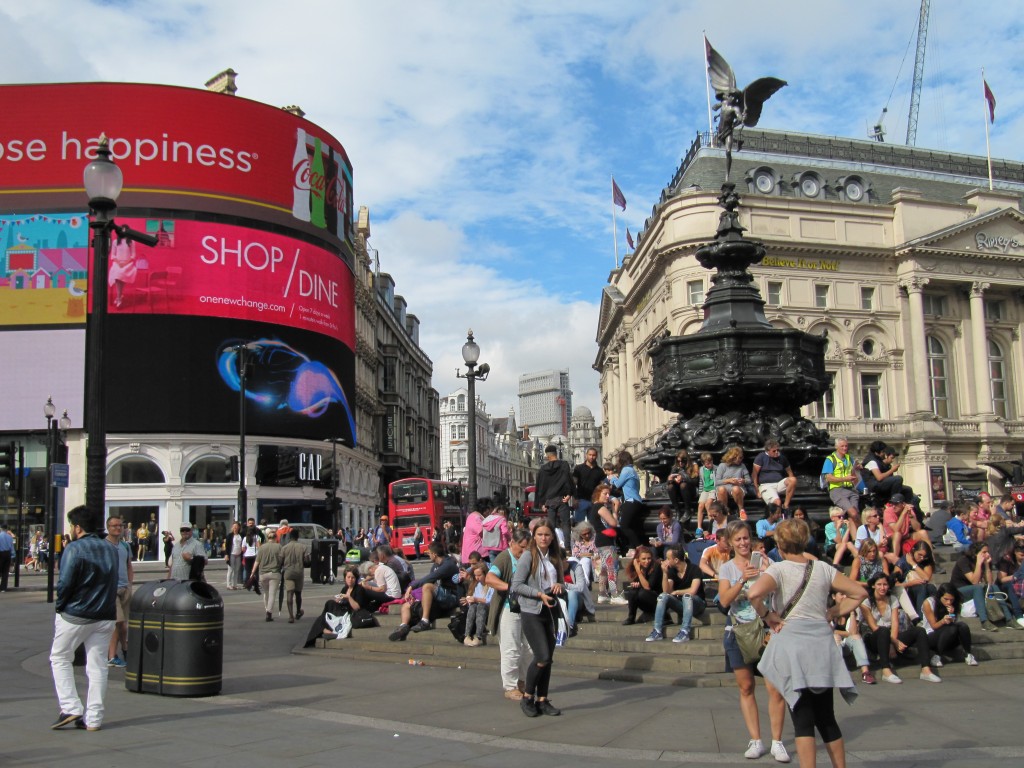
Our bus has now arrived in Piccadilly Circus and, taking Shaftesbury Avenue, will drive through Theaterland and the West End. There is a huge contrast between this area of London and the luxurious elegance that we have just seen in Chelsea, Knightsbridge and Piccadilly, but this is London: a city full of never ending contrasts. And don’t be surprised if you will see more signs in foreign languages, Italian and Chinese in particular: we are on the edge of Chinatown and right in the middle of Soho, a refuge for migrants for centuries. This is London’s throbbing heart, that one that never really goes to sleep. You can find all sort of entertainment here: night club of dubious reputation, and renowned theaters, cinemas, concert halls and casinos. Our bus drives through this colorful world, that we can comfortably admire from the top-deck.
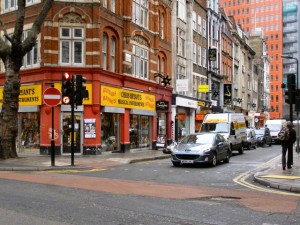
After Cambridge Circus, we turn left onto Charing Cross Road: we can get off at the bust stop “Denmark Street” (it’s the same stop for both the 14 and the 19). Rock lovers can take a look around the area, which used to be the centre of the London record industry: Denmark Street is a succession of guitar shops, and some of the buildings on this road used to be the headquarters of many important record labels and their recording studios.
Did you know? Some of the most important musicians of the 60’s and 70’s used to live, work or play here: the Rolling Stones, David Bowie, Elton John, the Small Faces, Jimi Hendrix, Paul Simon, Jimmy Page, John Paul Jones and Jon Lord, and more recently the Sex Pistols. Denmark Street was the rock soul of London, but now the high rents are pushing the trade somewhere else, and many traditional shops are closing down.
At the end of Denmark Street, we turn right onto St. Giles High Street and at the bus stop S we can take our last bus of the tour, the number 24.
This bus will take you back to Trafalgar Square, but you can also stay on the bus until Parliament Square, if you prefer.
Our low-cost bus tour of London ends here, but obviously there are so many other things to see and many more itineraries to follow. Keep on checking our pages if you want to find more suggestions, and discover new things to do in London.
And don’t forget to leave your comments or ask your questions: I would be happy to help you!
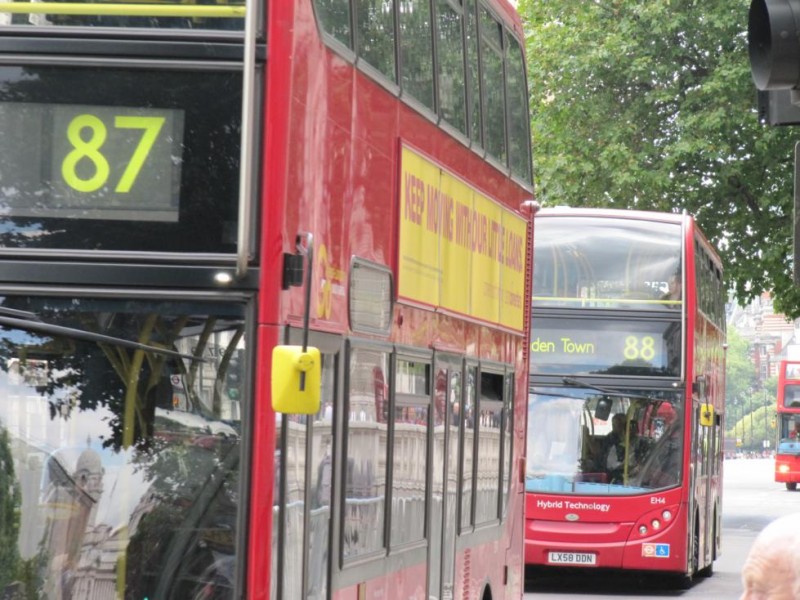
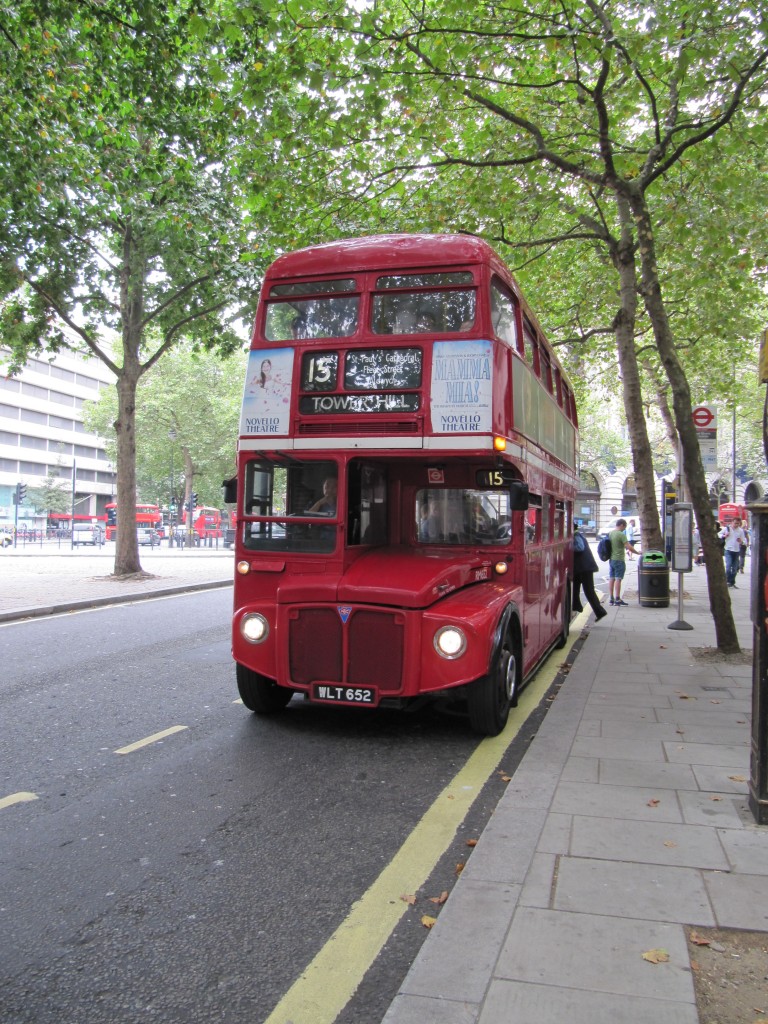
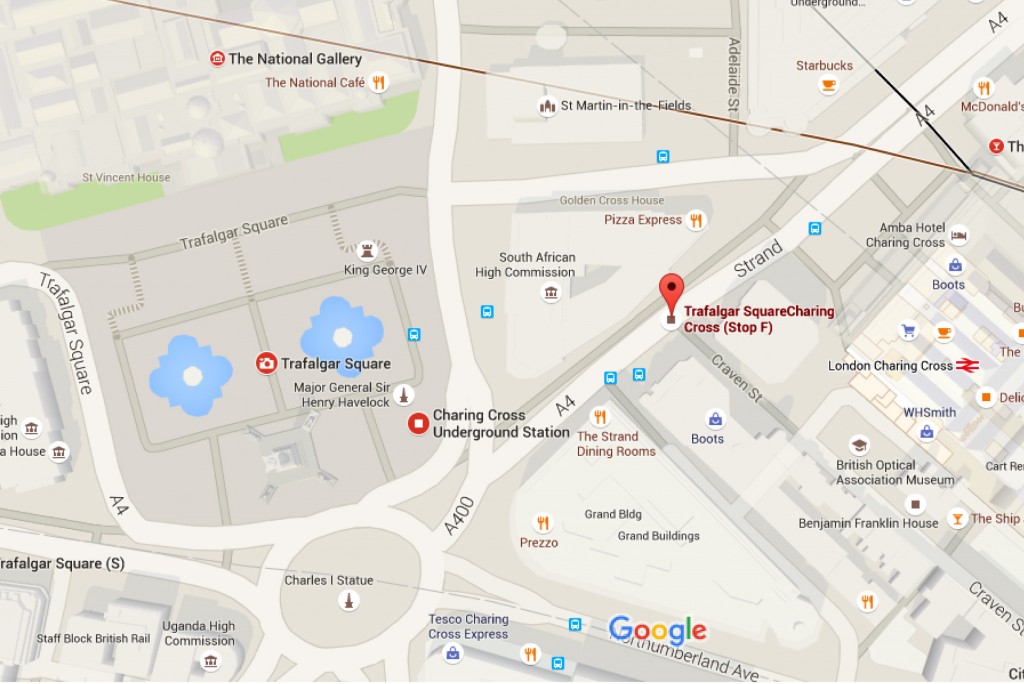
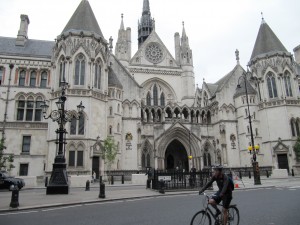
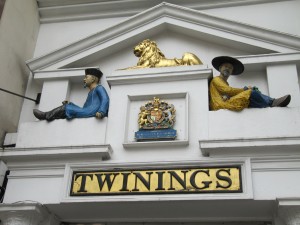
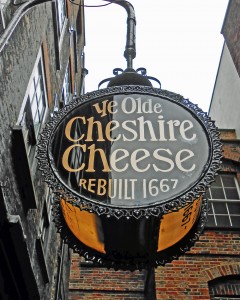
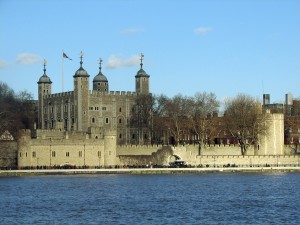
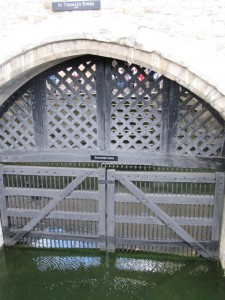
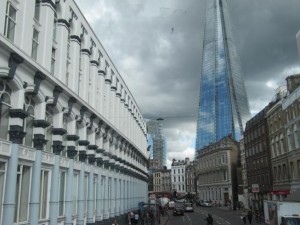
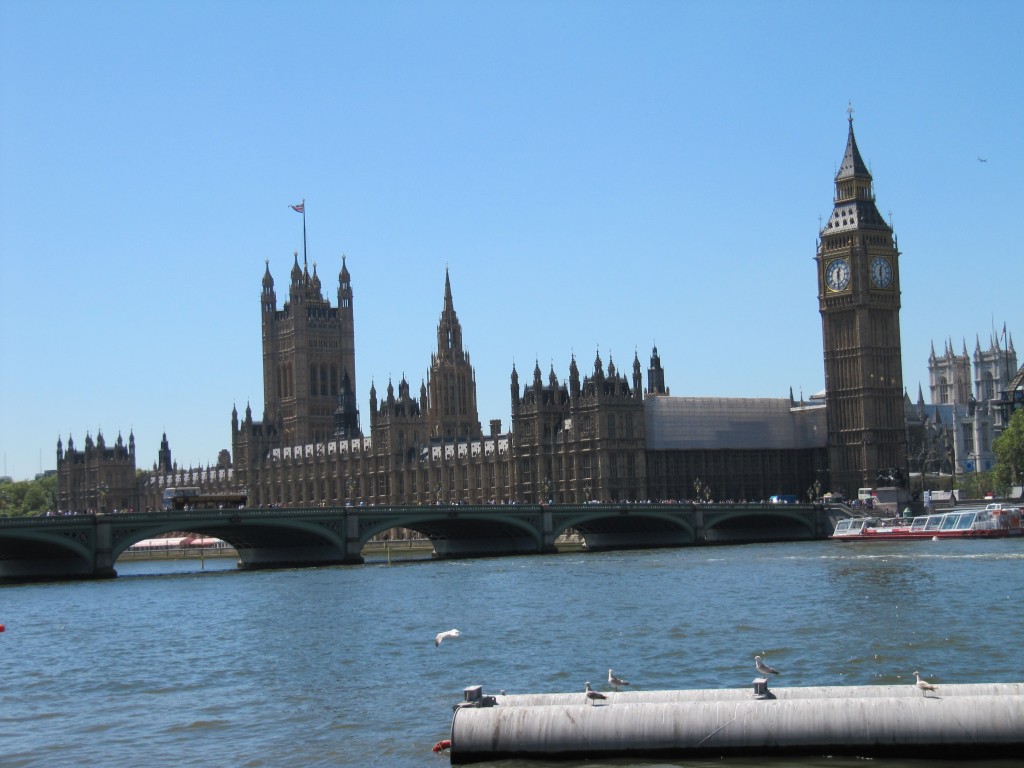
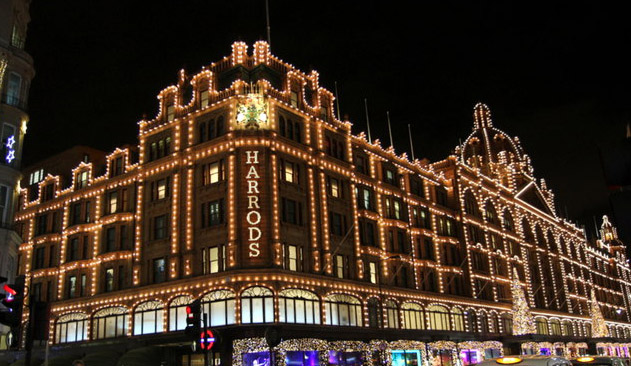
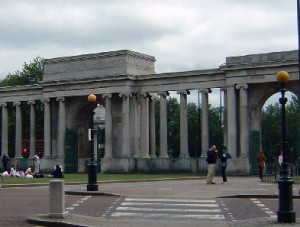
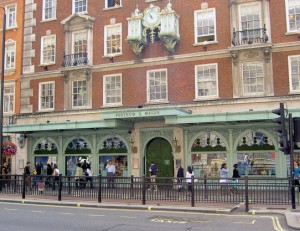
The Oyster card is a great invention!